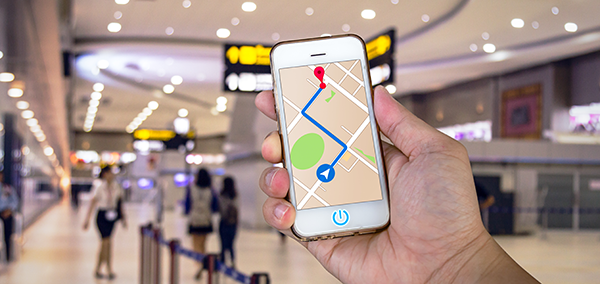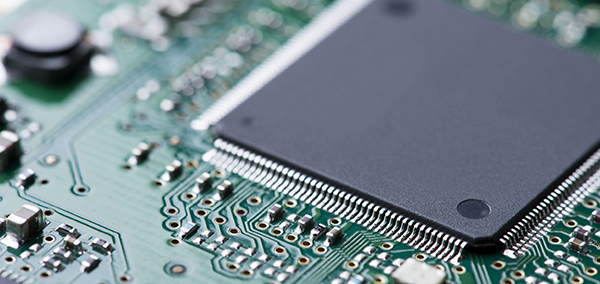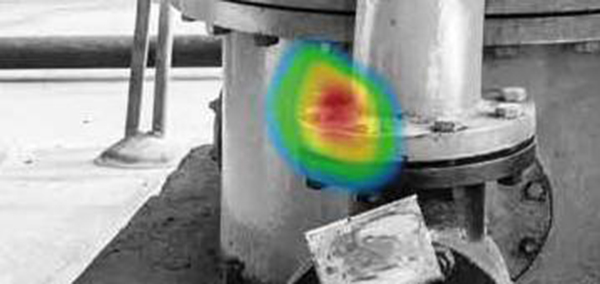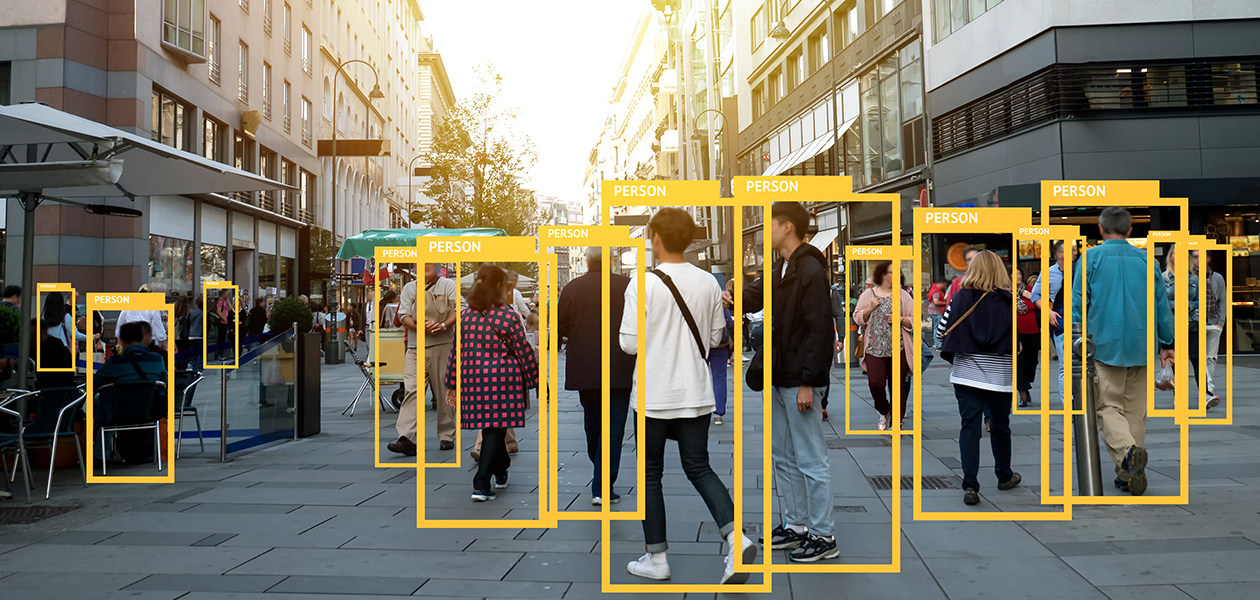Navigating the world of tech
See how these three TechOffers bring sensor and positioning systems to the forefront
From fingerprint scanners to navigation kiosks, an increasing number of electronic devices are being deployed to manage facilities and indoor spaces. Many of these devices carry sensors that detect changes in the environment, which can be used for detection or in positioning systems.
To help enhance the precision and speed of sensor-based systems, technologies like artificial intelligence (AI), communication networks or data analytics tools are increasingly being used. In this article, we feature three TechOffers that have integrated new technologies to improve their detection and positioning capabilities.

Navigating behind closed doors
Every year, airport customers vote for the world’s best airport in a survey that takes into account criteria like wayfinding capabilities, ease of access and security standards. For big venues like airports, achieving a high level of visitor satisfaction requires helping newly arrived visitors find their way around, making good indoor navigation systems indispensable. However, technologies like GPS do not perform well indoors as walls and solid objects interfere with satellite signals, resulting in inaccurate positioning.
Instead of satellites, this wayfinding solution for indoor navigation uses beacons to pinpoint visitors’ positions inside a building, allowing them to navigate in the enclosed area. The solution is easy to deploy and comprises an application for both mobile and web. For retail spaces, the solution can be implemented on kiosk screens or integrated with other platforms. Custom features such as alerts and push notifications can also be added to suit each organisation’s needs.
When deployed in an airport setting, this wayfinding tool can help passengers navigate towards departure gates and receive information on their flight in real-time. Airline managers, on the other hand, can use it to analyse passenger flows and even direct human traffic using localised marketing notifications.

Boosting smart sensor devices
Conventionally, Internet of Things (IoT) sensors collect data and send them to the cloud for processing. However, doing so can incur high data transfer costs, especially for high bandwidth data like videos. In addition, sending data to the cloud for processing results in delayed response time, thus real-life applications cannot be implemented in this manner.
To overcome these limitations, computation will need to be performed on the device, as opposed to the cloud—a paradigm known as edge computing. According to market research firm ReportLinker, the edge-AI hardware market is predicted to grow at a compound annual growth rate of 20.64% over the next five years.
To meet the demand for edge-AI, a small and cost-effective hardware module with a dedicated convolutional neural network accelerator has been developed. This lightweight hardware module supports many pre-trained AI models, enabling edge processing on the IoT device itself. Importantly, the secure and low-power accelerator provides an interface that easily allows AI capabilities to be implemented on different IoT devices.
By supporting edge processing, response times can be drastically reduced to enable real-time AI inferences, powering applications such as anomaly detection, people counting or age and gender estimation.

Listening for potential problems
Apart from the navigation or surveillance-based applications, sensor-based systems can also be used to detect faults and mechanical failure, which can affect business operations like production. Fault detection is particularly important to minimise hazards for working personnel as well.
Some mechanical faults, such as gas leaks, are accompanied by abnormal noises. This portable fault detection device uses a highly sensitive microphone array to pick up abnormal sound frequencies as signals, using them to locate the source of the noise.
Besides detecting sound, the technology also includes an integrated camera capable of capturing up to 25 images per second. By overlaying the noise signals onto these images, users are provided with an easy way to visualise the source of these unusual sounds.
Importantly, the ‘sound camera’ technology has been optimised to listen in selectively—it minimises any background noise that may affect the accuracy of detection. As such, abnormal noises that accompany mechanical faults can be accurately located even in an outdoor setting.

